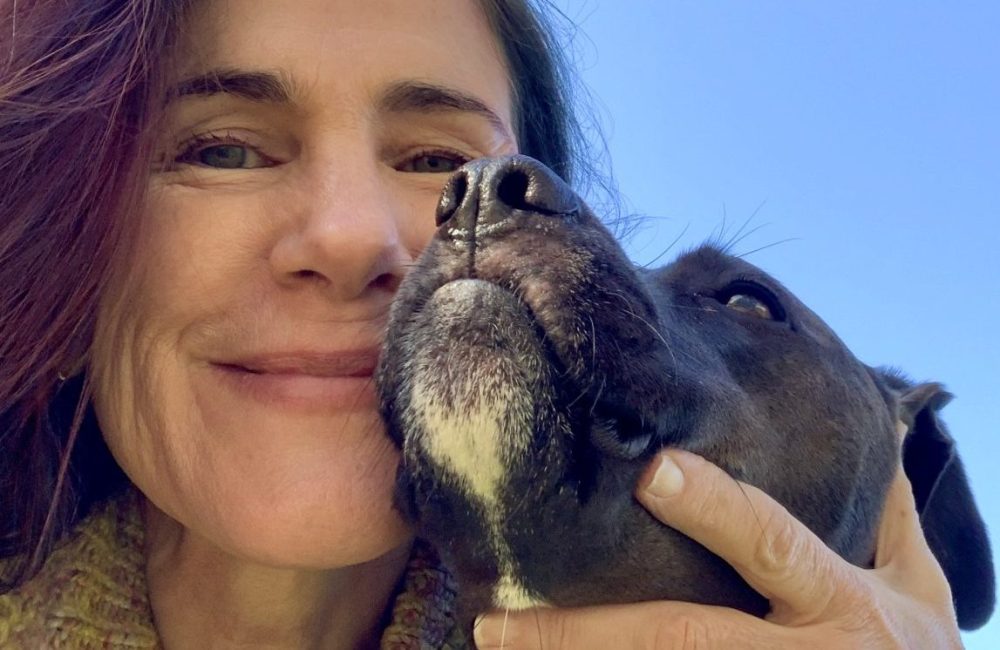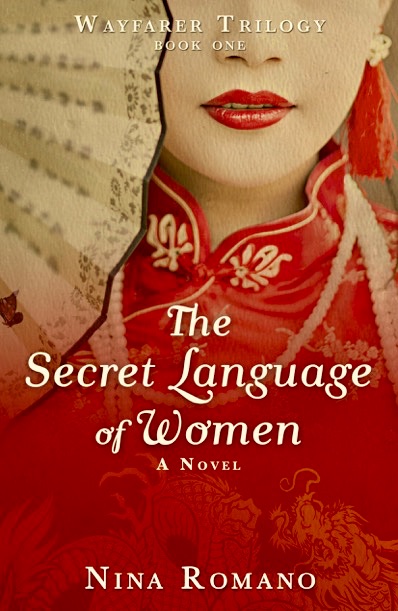In high school, a classmate who was as passionate about reading as I was sat near me. Best friendship was in our stars! Better yet, both of us liked to write!…
 The carvings with Chinese Zodiac on the ceiling of the gate to Kushida Shrine in Fukuoka (mirror image, to have animals in the correct order). Photo By Jakub Hałun – Own work, CC BY-SA 4.0
The carvings with Chinese Zodiac on the ceiling of the gate to Kushida Shrine in Fukuoka (mirror image, to have animals in the correct order). Photo By Jakub Hałun – Own work, CC BY-SA 4.0Her preferred reading was historical fiction, the ancient sort with mythology and astrology mixed in. Thanks to her, I read a bunch by Mary Renault, an English author who lived much of her life in South Africa. Those books depicted lots of buff gay guys from olden days. Ironically, a) in South Africa Renault could live more peacefully than in the U.K. with her life partner who was also a woman, b) she often portrayed women harshly, and c) she criticized the gay rights movement.
My friend also introduced me to “Linda Goodman’s Sun Signs.” (A rare video interview with Goodman here.) For me, Goodman was worthy of extra esteem as she was Aries, the same as me. When it came to Aries, all compliments were correct and unflattering attributes were incorrect. Until, that is, at some point in my so-called maturity when I tossed astrology into the same bundle as my Catholic upbringing. Both harbored too many confounding and disturbing aspects, so I decided I was wasting my time contemplating either.
Not so much later, though, a new friend entered who was into astrology. Charts, she explained, are how astrology becomes scientific. She introduced me to Angela Louise Gallo, a master at charting the stars. Gallo read and taught from her home in Van Nuys, which is just above Hollywood, hence she garnered a sizable entertainment biz crowd of followers.
Gallo’s monthly talks culminated with “hororary” readings, as in “hour-related” since those forecasts tied her psychic powers to the time of night when she would take questions. From slips of paper handed to her, she’d give quickie predictions. I’d parted ways with my parents as soon as I graduated high school with no plan other than survival. By the time I met Gallo those few years later, I’d collected myself enough to realize that I needed to do better. I asked Gallo whether I should sign up for college. She answered, “Wait a couple of semesters. Soon you’ll be taking a long trip.”
That month my grandmother sent me an airplane ticket to visit her all the way from Los Angeles to her home in Argentina! During childhood, both my grandmothers and I exchanged many letters. They were fantastic in all the ways that mattered to me: they didn’t sugar-coat life, they wanted the best for me, and they helped foster the writer in me who will eventually publish Flamenco & the Sitting Cat and Tango & the Sitting Cat. I loved them dearly, sight unseen. The one in Spain I first met when I was nine. It wasn’t until my early twenties that I got to hug my Abuela in Buenos Aires.
After that trip, I hired Gallo to do a detailed chart, yet I can’t remember anything about it, including what happened to it. These days, I’d rather not presuppose anyone based on their birthday, and I prefer to bumble along as best I can when it comes to my future.
Yet I still adore other people’s stories about astrology!
Today’s poet/novelist guest, Nina Romano, writes from Florida and Utah. Originally a New Yorker, she’s a globe trotter who’s earned degrees and writing awards galore, plus she’s published a slew of books.
Here she generously recounts the way that Chinese astrology figured into her book, The Secret Language of Women, the first of her Wayfarer Trilogy. Read to the end for an excerpt from it in addition to links for Nina and her writings…
 Writer Nina Romano.
Writer Nina Romano.How Chinese Horoscopes Helped Me Develop a Realistic Protagonist by Nina Romano
For The Secret Language of Women, the first book of my Wayfarer Trilogy, I decided my main character Lian’s horoscope would be the Year of the Dog. Knowing her horoscope facilitated my understanding of the protagonist’s psyche for this novel. Since the book is set in China, I used Lian’s Chinese Zodiac sign to learn about her qualities and personality traits intimately so that she appeared genuine yet flawed. She is a warm and caring being, a healer, courageous and intelligent. When a person born under this sign falls in love, they do not ever change.
Loyalty and honesty are two of this horoscope sign’s characteristics. Lian falls in love with Giacomo, an Italian sailor, and remains faithful to that love, despite the fact that she is forced into a loveless marriage. Her quest is a difficult one, but she chooses to follow her path despite menaces, oppositions, troubles, risks, and dangers. She is fierce in her love and faithful to everything she believes concerning it.
Having visited China several times afforded me unique experiences that enabled me to see in person Hong Kong, Beijing, and its fabulous Forbidden City and Tiananmen Square, and Lian’s enchanting city of Guilin. I was able to envision Lian’s travels and travails in war-torn China, an era suffused in superstition, intrigue, culture, and history. I incorporated the themes and things I care about, such as love, family, food and recipes, art, dragons and horses. Why? Simply because it’s straightforward to write what I know and have feelings for, and all of these ideas translated well even to a novel set in China during the Boxer Rebellion. My own horoscope is the Year of the Horse, so I made sure I had an important role for a horse in this novel, and I’m positive that my horoscope had an incredible influence on my stars being aligned because I signed a contract for a three-book deal for my Wayfarer Trilogy with Turner Publishing during the Year of the Horse.
While writing this novel, I pictured what happens during the Chinese New Year: careful cleaning of the house, the distributing of red envelopes, Lian cooking on a wok, and serving rice to her beloved.
Since this story takes place in China where live fish, most especially carp, are good Fengshui, which according to Wikipedia, is a “philosophical system of harmonizing everyone with the surrounding environment.” For this reason, I describe a pool with carp in the Summer Palace in Chapter 1, where Lian meets the love of her life. Do I believe in the influence of horoscopes and how they can help round out a character? Of that, there is little doubt.
Excerpt from The Secret Language of Women by Nina Romano
The things that test you and are vanquished bring everlasting joy. The differences between traditional written Chinese and Nüshu, the secret language of women, made it difficult for me to learn it. My mother and grandmother could not write Chinese and learned Nüshu when they were young and wanted me to grasp it too. I cannot say they harped on me or were tyrannical, but I will say they were insistent, and for this I am eternally indebted.
My mother said it challenged me because I wrote like a man and didn’t have to rely solely on Nüshu, the way they did to communicate with other women. The ideograms of Chinese correspond to a word or part of one, whereas each of the seven hundred characters of Nüshu represent a syllable— women’s language is phonetic, in Chéngguān dialect 城关土话, adaptable and pliant for singing, poetry and writing with such delicate strokes they appear as lines of feathers.
Though learning was problematical, I mastered it, like I do all things I set my mind to conquer. At the time, I resented the study of it, yet I knew innately one day I would be grateful to possess the knowledge and skill of this secret language, which would offer me strength and solace for a lifetime. And although I was writing in Nüshu, for some reason, I signed with flourish in Chinese: Wǒ Lián. I am Lian. 我连
Amazon Author — hardcover, softcover print, and Kindle: The Secret Language of Women & Lemon Blossoms & In America — softcover print and Kindle: The Girl Who Loved Cayo Bradley.
Goodreads & Twitter & @ninsthewriter & Facebook & BookBub
Has astrology helped you with storytelling and anything else?



Nice one
LikeLiked by 1 person
thanks
LikeLike